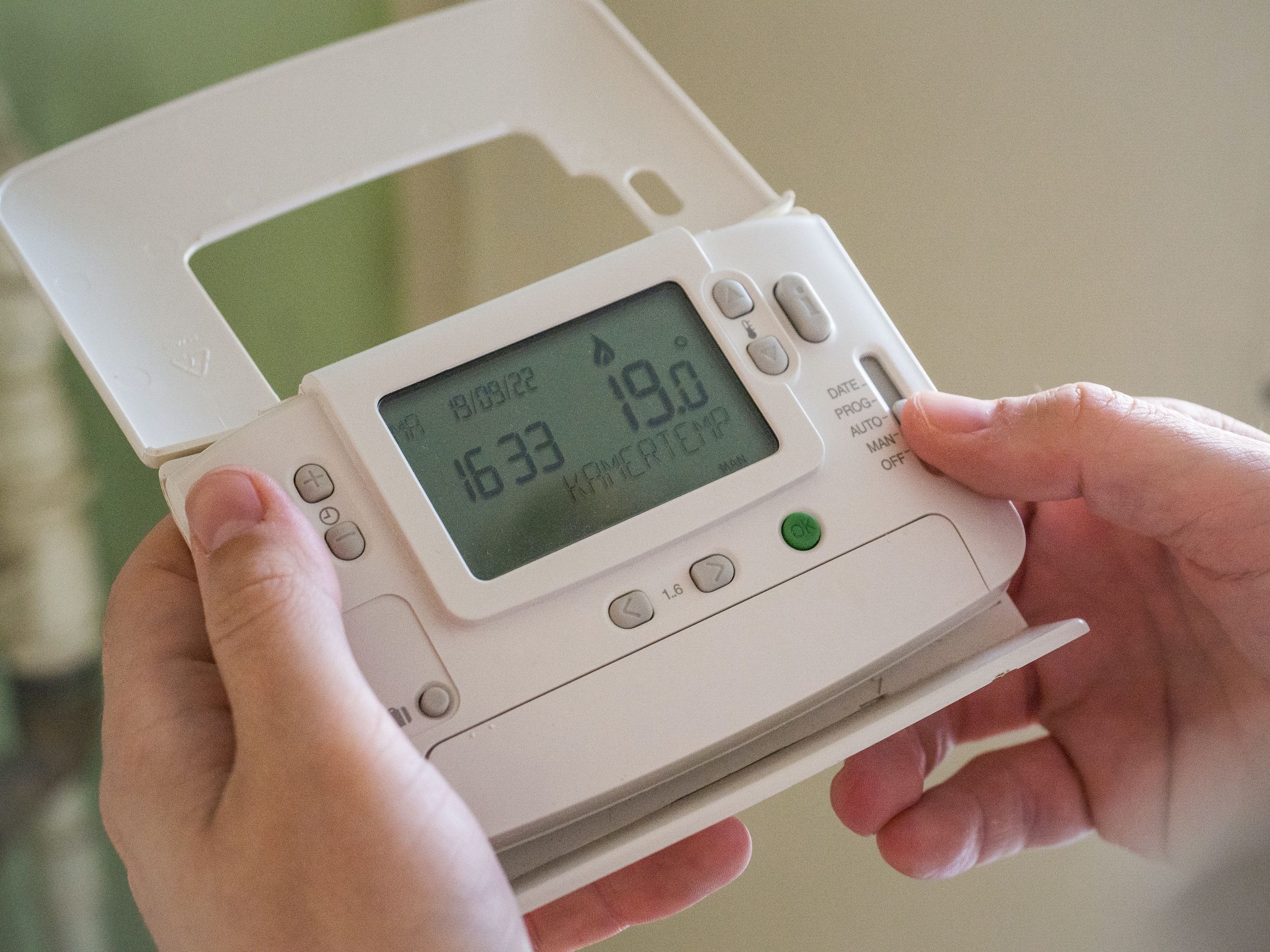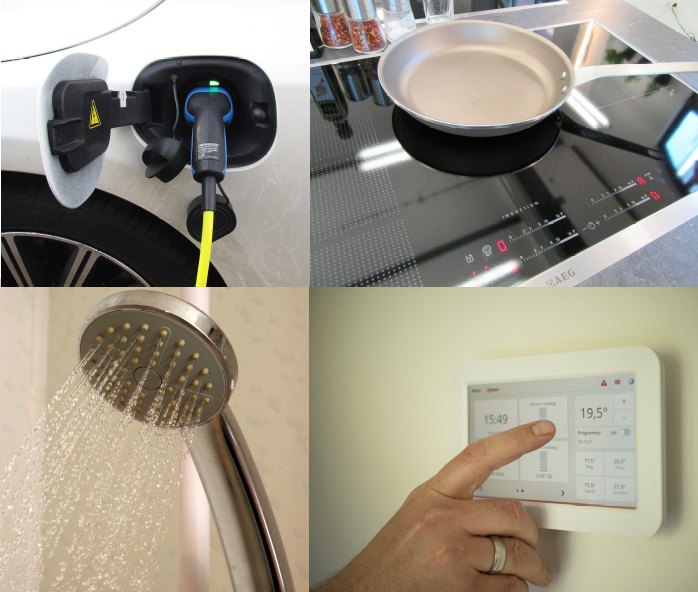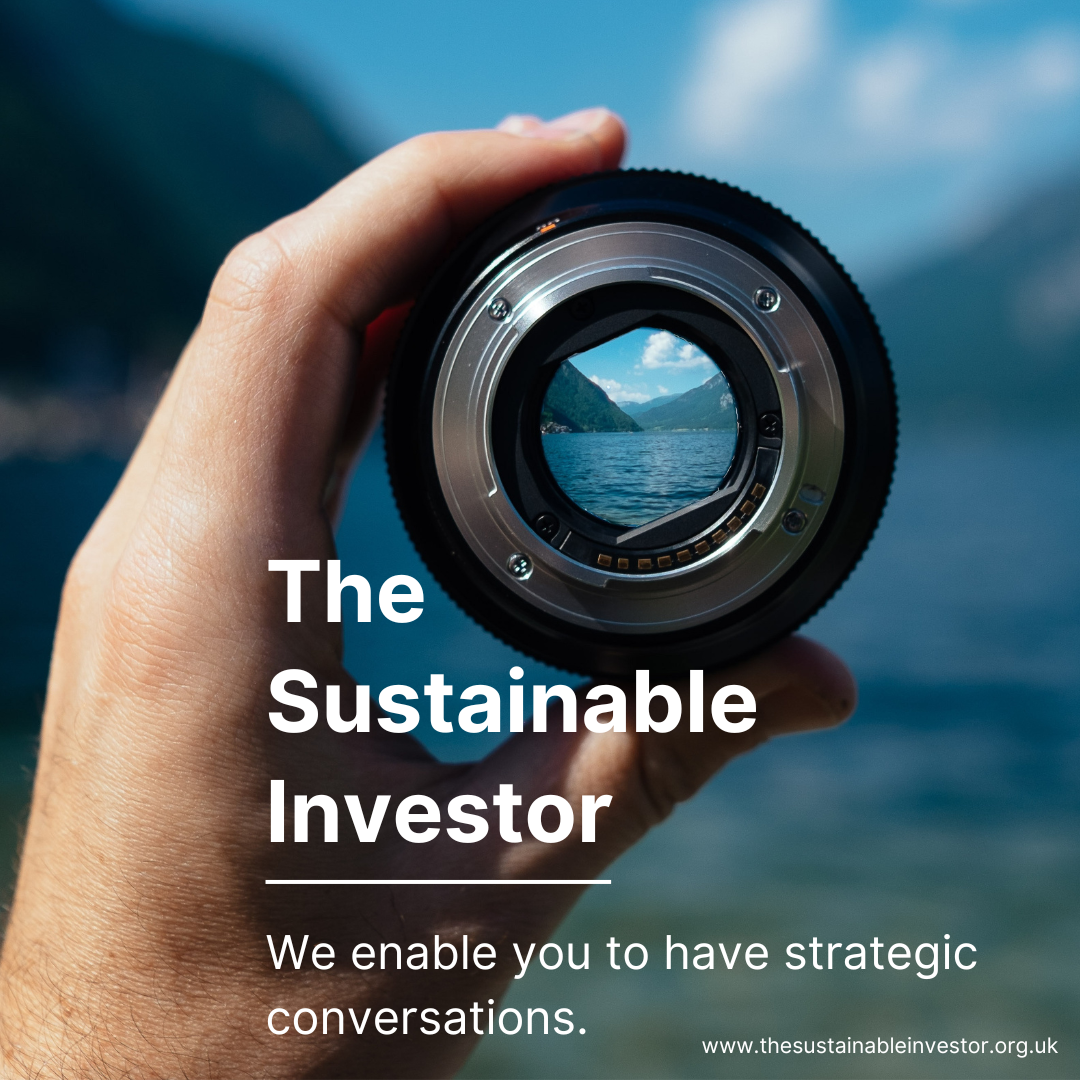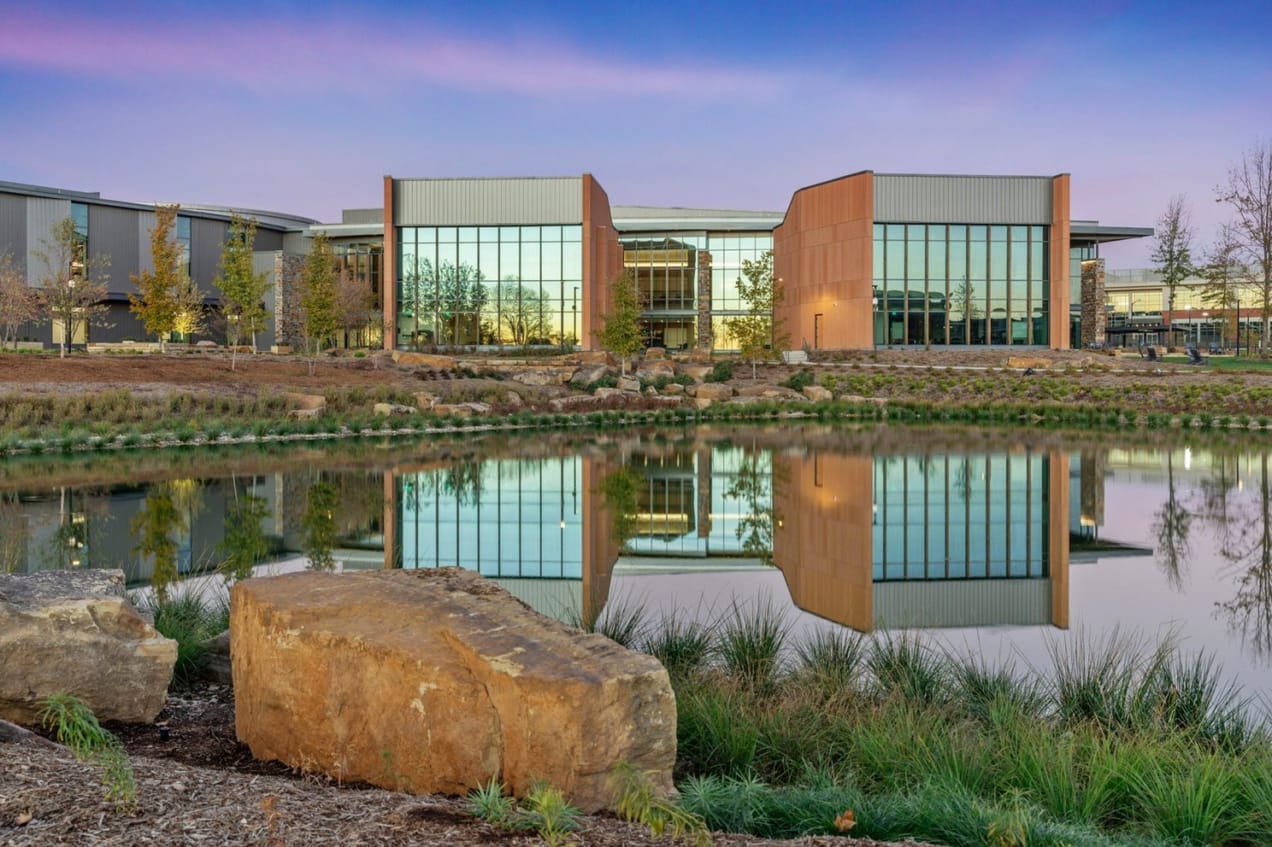
Home energy electrification - more complicated than you think.
We tend to think about home electrification as one of the easiest transitions. Good alternatives already exist. We 'just' need people to switch to electricity for home heating/cooling and cooking. Then we factor in home EV charging, and job done. But, the reality is a lot more complicated. Why? Because people are involved, and people have certain behaviour's that they are reluctant to change.
Most studies we have seen start from existing household energy consumption. They then work out the electrified alternative to fossil fuels, say heat pumps instead of gas boiler heating, and implicitly assume that it's a one for one swap. The reality is that some switches are easier than others.

- In a detailed study, researchers at Monash University in Australia looked at householders' views on future home energy usage. Some of their conclusions are what we would expect. For instance electric vehicles are increasingly desirable, although charging routines and priorities continue to be important drivers of the switch decision. This is broadly good news for electrifying transport.
- But, other conclusions suggest material barriers to change. For instance, shifting showering, cooking, and to an extent cleaning, behaviour is tough. And few householders have much interest in smart home technology. Plus, to round it out, households continue to "show little knowledge of, or engagement with, their energy tariff". All of these suggest that it might be harder than we expect to change householder behaviour's. And this is before we factor in changing social factors, such as caring for elderly relatives or working more from home.
When you talk to many sustainability professionals, this is mainly an education challenge. We need to inform people of the benefits of switching to electricity, provide some financial incentives, and hey, it will happen. It might take time but if we persist, change will happen.
But, what if it needs more than education? If we are looking to get companies to invest in providing greener solutions for our homes, then they need to see a pathway that is financially viable. Which might require business models that look different, maybe not selling heat pumps but instead offering heat and cooling as a service?
And this is important, because if as sustainability professionals we are pitching a business opportunity to our financial colleagues, we need to factor consumer resistance into the equation.
We have written on something similar before. In a blog we examined how understanding how consumer behaviour and consumption patterns may change will allow for appropriate planning of infrastructure and investment. It is not simply about 'dropping in a new engine'.
Link to blog 👇🏾

This article featured in What Caught Our Eye, a weekly email featuring stories we found particularly interesting during the week and why. We also give our lateral thought on each one. What Caught our Eye is available to read in full by members.
If you are not a member yet, you can read What Caught Our Eye when it comes out direct in your email inbox plus all of our blogs in full...


Please read: important legal stuff.



